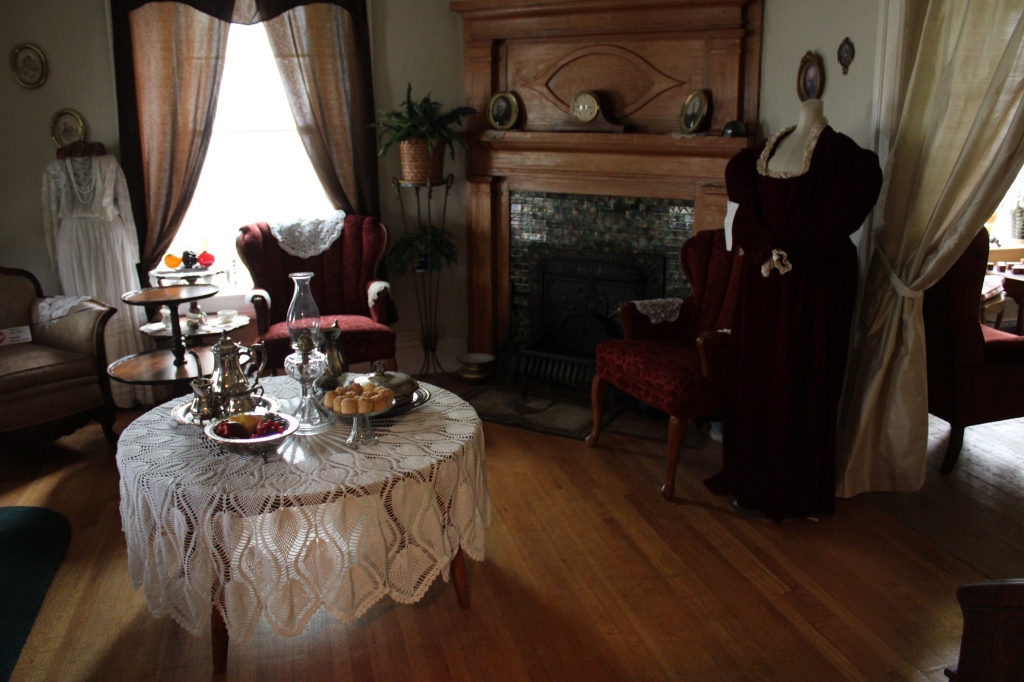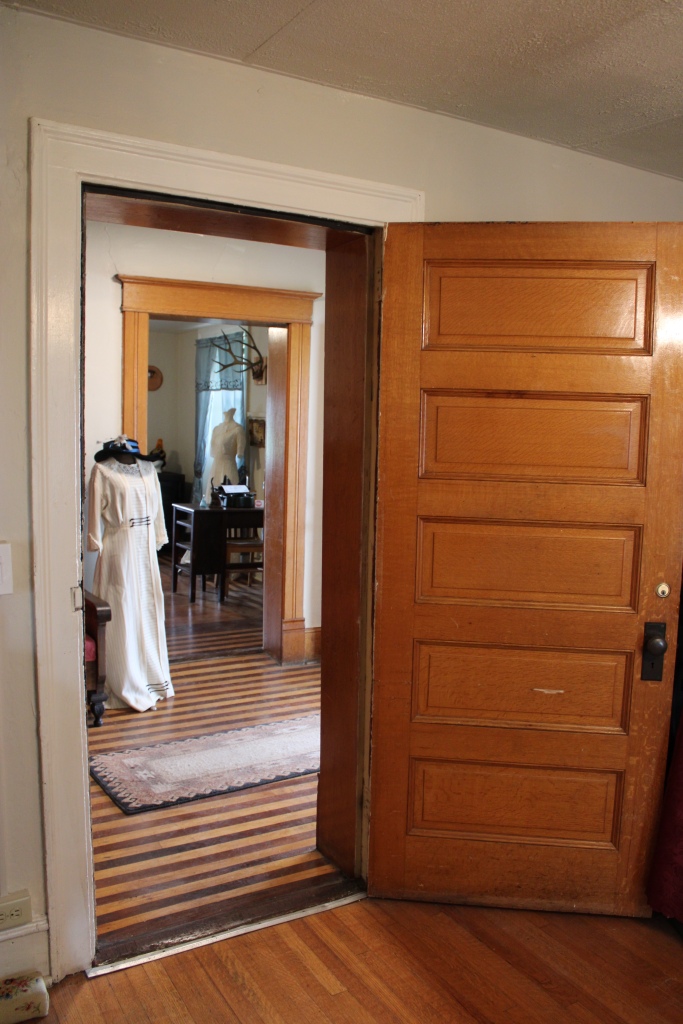For almost 50 years the Sun River Valley Historical Society has undertaken the preservation and restoration of Fort Shaw (1867-1891), one of the most important federal sites in the west. When I first met and talked with the group in 1984 during the state historic preservation planning process, efforts were just underway, focused on the officers duplex, the wash house, and bakery.

Now I would like to focus on achievements of the last 10 years since the last visit in 2013. I have posted earlier about how the society has restored the cemetery. This post is about the regimental officers quarters, where restoration began with repairing the historic adobe walls in 2014 and continued with a comprehensive interior restoration over the next several years.

While the first restored building serves as a general history exhibit about the fort and immediate region, the society restored the Commanding Officers quarters as a period historic building.


Within the period objects found in each room, the society also empathizes a “First Lady” theme, adding a strong historic textiles collection to the museum.


The society took care with the kitchen and also addressed the presence of Chinese cooks at the property. The federal census of 1880 records 5 Chinese men at Fort Shaw. A letter from 1887 documents that Ah Wai was employed as a cook for the private company that operated the post’s mess hall and store. The Fort Shaw Indian School superintendent, who may have resided in this building, hired Joe Ling as a cook in 1898.





My initial impression is that the many period objects are both a blessing and a curse. A blessing is that the furnishings make the place “come alive” and creates ample opportunities for storytelling about the inhabitants. It reinforces the Victorian era that the fort was part of—and the storyline of military families in the west. The curse is that the rooms may have too many objects—and few that are directly tied to the property. Do overfurnished interiors overwhelm the visitors visually—it is too much to take in?

Such is the challenge of the period room historic house museum. If the past here is any indication, the preservation of Fort Shaw is far from over—I look forward to future visits.
No comments:
Post a Comment